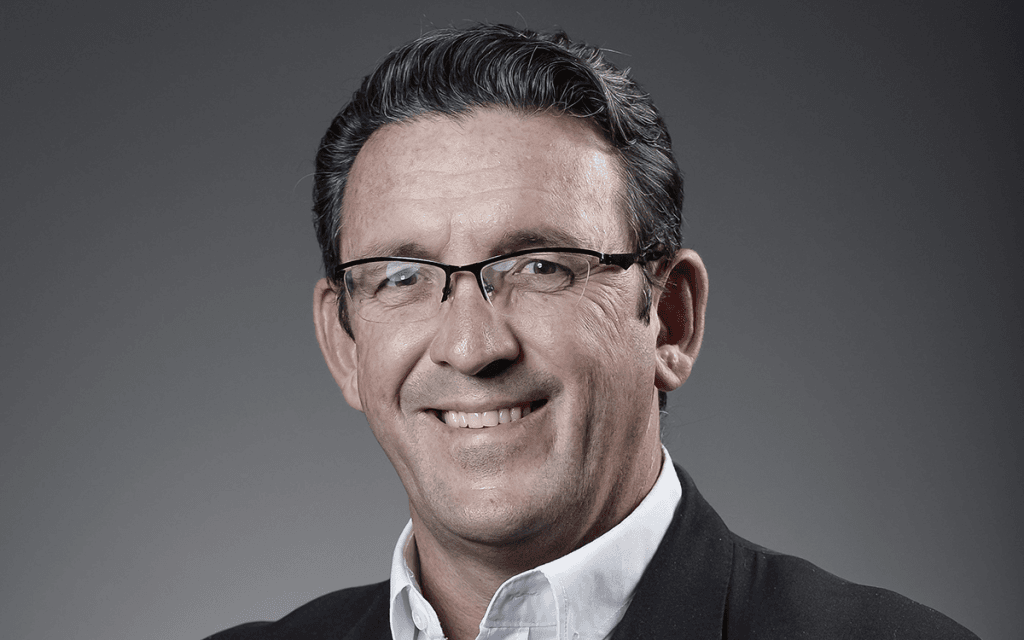GAIA Climate Fund Raises $600M to Boost Adaptation Finance in Emerging Markets

- $600 million raised toward a $1.48 billion target to finance climate adaptation and mitigation in emerging economies
- Backed by MUFG, FinDev Canada, and the Green Climate Fund through a blended finance structure
- Expected to benefit 19 million people, support 11,000 jobs, and avoid 30 million tonnes of CO₂ annually
Long-Term Climate Credit for High-Risk Economies
Climate Fund Managers (CFM), MUFG Bank, FinDev Canada, and the Green Climate Fund (GCF) have achieved a $600 million first close for the GAIA Climate Loan Fund — an initiative designed to channel private credit into climate adaptation projects across some of the world’s most vulnerable economies.
Targeting a final close of $1.48 billion by 2027, GAIA introduces a financing model tailored to bridge the estimated $300 billion annual gap in adaptation funding. Unlike conventional climate funds that focus heavily on mitigation, GAIA directs at least 70% of its capital toward adaptation investments such as water systems, ecosystem restoration, climate-resilient agriculture, and infrastructure. Up to 30% will go to mitigation projects like renewable energy and low-carbon transport.
The fund operates across 19 developing and emerging markets, with at least a quarter of its commitments earmarked for Least Developed Countries and Small Island Developing States — economies with the most acute exposure to climate impacts but limited fiscal capacity to adapt.
Blended Finance to Unlock Private Capital
GAIA employs a multi-layered blended finance structure designed to attract institutional investors while mitigating risk. Public capital from concessional partners occupies the junior tranche, absorbing potential early losses, while commercial investors hold senior tranches. The fund also includes a foreign exchange facility for local currency lending and a parallel Technical Assistance (TA) Facility to strengthen project readiness and ESG performance.
Cornerstone commitments were secured from MUFG (senior capital), FinDev Canada (senior and junior capital), and GCF (junior capital). FinDev Canada also contributed grants to the FX and TA facilities, while MUFG will act as the origination partner, sourcing projects through its global network.
“GAIA demonstrates the power of partnership in advancing climate action and inclusion in emerging markets,” said Lori Kerr, CEO of FinDev Canada. “By combining commercial and concessional capital, alongside grant funding for technical assistance and FX facilities, we’re enabling local-currency lending where it’s needed most and maximising the impact of every development dollar.”

MUFG’s Christopher Marks described GAIA as a pivotal mechanism for bridging the climate finance gap. “As origination partner, MUFG will leverage its network to source high-impact projects that improve lives and livelihoods in developing economies,” he said.

RELATED ARTICLE: ADB Approves $500 Million Climate Finance Loan to Boost Philippines’ Climate Action
Private Credit Meets Public Mandate
GAIA’s financing model extends beyond conventional public aid by providing long-term credit to sovereigns, municipalities, state-owned utilities, and development banks — entities that often face prohibitive borrowing conditions for climate adaptation infrastructure. By integrating private credit into public-sector lending, the fund seeks to catalyse infrastructure resilience and create pathways for sustainable development financing.
For many developing economies, adaptation projects have historically struggled to attract private investment due to perceived low returns and complex risk profiles. GAIA’s structure challenges this narrative by proving that adaptation investments can deliver measurable returns while enhancing climate resilience.
Mafalda Duarte, Executive Director of the Green Climate Fund, emphasised the fund’s systemic ambition: “GAIA shows that adaptation in the world’s most climate-vulnerable regions can yield returns for global investors and communities alike. With GCF committing up to $150 million as a first-loss investor, the platform is set to mobilise nearly ten times that amount for resilience across Africa, Asia, and Latin America.”

Scalable Impact
Upon full deployment, GAIA aims to benefit an estimated 19 million people, create 11,000 permanent jobs, and avoid approximately 30 million tonnes of CO₂ emissions annually. The fund also targets 700 MW of renewable energy capacity, 36,000 GWh of clean power generation, and enhanced resilience for over 5,000 km² of natural ecosystems.
Andrew Johnstone, CEO of Climate Fund Managers, said GAIA marks a significant evolution in CFM’s financing model. “We’re extending our blended finance approach beyond equity into private credit, allowing us to provide long-term funding for adaptation projects that build the resilience of climate-vulnerable communities,” he said.

GAIA builds on the success of CFM’s previous Climate Investor One, Two, and Three equity funds, which have mobilised financing for more than 50 climate-focused projects across emerging markets.
Governance and Global Relevance
Beyond its immediate financing goals, GAIA’s structure represents a broader governance shift — one that blends institutional finance with development mandates and climate resilience objectives. The fund directly contributes to seven UN Sustainable Development Goals, including Gender Equality, Clean Water and Sanitation, Affordable and Clean Energy, Sustainable Cities, and Climate Action.
By leveraging public capital to de-risk private investment, GAIA offers a replicable model for mobilising institutional finance toward adaptation — a space long overlooked by capital markets. As climate impacts intensify, such hybrid financial structures may become central to how governments and investors cooperate to fund resilience in the decade ahead.
Follow ESG News on LinkedIn












